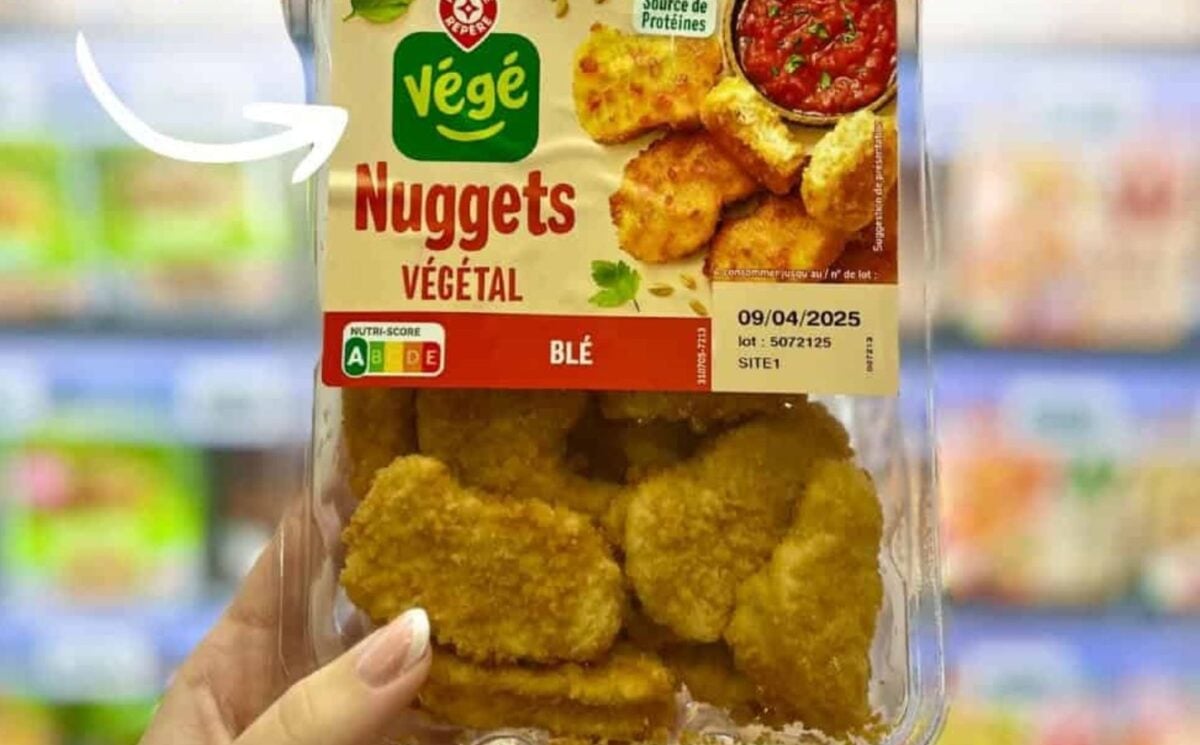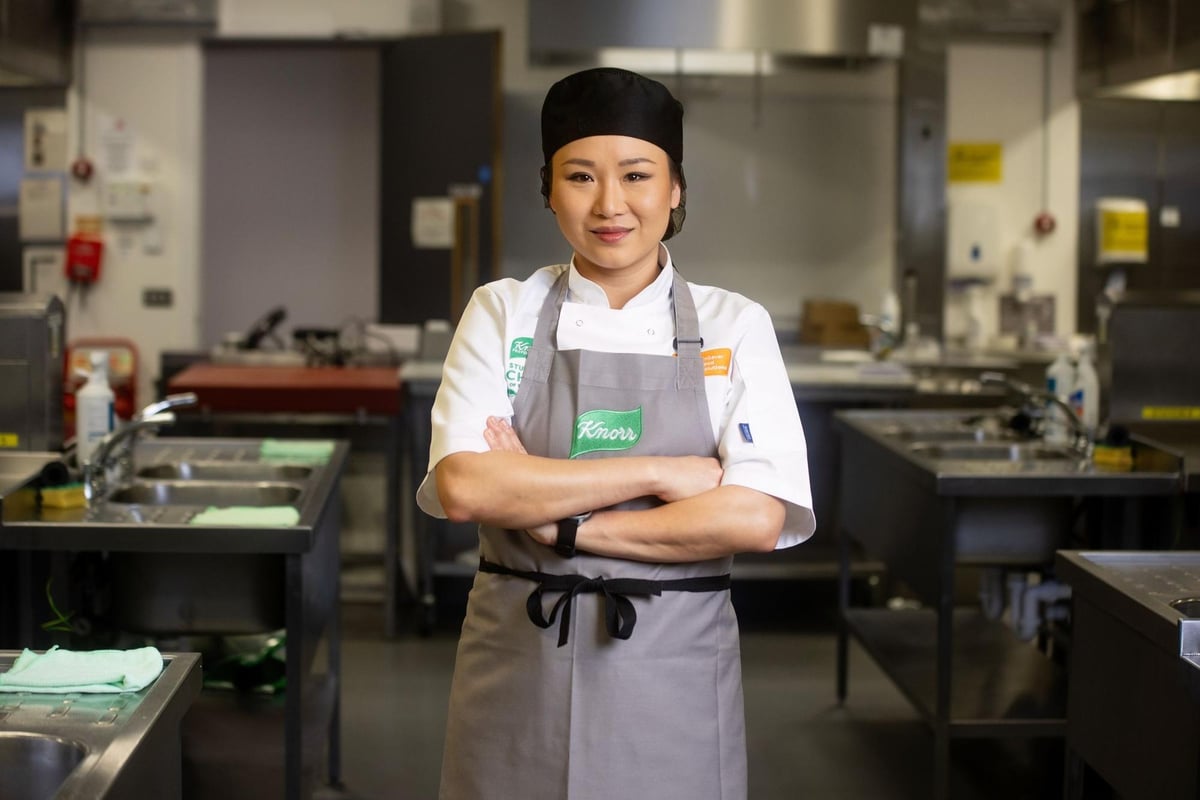
Are you enjoying a vegan lifestyle? Maybe you live overseas, and you’ve heard that it’s totally impossible to be vegan in Japan and that if you move or travel here, you’ll have no choice but to give up and start eating meat or fish again. Don’t let that stop you from living your vegan lifestyle or coming to Japan!Luckily, with some knowledge and preparation, it’s possible not only to survive as a vegan in Japan but to get some terrific food as well. There are people who have been vegan here for decades or even since childhood.
Let’s look at some challenges for vegans in Japan and discuss some great resources that’ll help you enjoy your best life here.Challenge 1: Japanese Cuisine Heavily Relies On Fish For FlavorChallenge 2: It’s Hard To Read Japanese LabelsChallenge 3: The Word “Vegan” Is Not In Widespread UseThe Future Of Veganism in JapanChallenge 1: Japanese Cuisine Heavily Relies On Fish For Flavor© Photo by iStock: kuppa_rockAlthough there are various types of dashi (stock/broth)—including kombu dashi, a kelp stock made of seaweed—in practice the word dashi tends to refer to animal-based items like katsuo dashi, a skipjack tuna-based stock.Savory homemade, prepackaged and restaurant foods often rely on this base and as a general rule, things like miso soup are fish-based.

Tofu, which one might assume would be totally vegan-friendly, may arrive at the table with fish flakes on top. Even some restaurants that state they serve supposedly vegan shojin ryori food and shukubo temple lodgings—which are often recommended to vegans in Japan—sometimes use fish powder in their food.What To Do?Get Some ToolsThe website and app HappyCow list vegan, vegetarian and vegan-friendly restaurants worldwide.
It has over 300 vegan restaurants listed in Japan and close to 1,400 more vegetarian and vegan-friendly establishments. HappyCow also has an excellent top 10 list of vegan and vegetarian restaurants in Tokyo. Savvy Tokyo also has its own 10 must-visit restaurants serving vegan food in Tokyo article, which you should check out as well.
If you’re traveling here, consider using HappyCow to plan your trip and basing yourself in cities that are friendlier to vegans like Tokyo and Kyoto. And don’t forget to leave a review of the places you visit! There’s also a local website, called Vegewel, with no app, that lists vegan and vegetarian-friendly establishments in English and Japanese.Preparation Is KeyIf you’re planning to visit the countryside, where those types of restaurants can be in short supply, consider asking vegan-friendly restaurants in the larger cities to prepare bento lunch boxes for you to bring along.
Since Tokyo is massive, you can pick an area with a good concentration of vegan-friendly restaurants. The Tokyo Vegan/Vegetarian Friends Club on Facebook has some great suggestions for what parts of Tokyo to actually stay in. If you’ll be here for a long time, make sure that wherever you stay has kitchen facilities.
For a bit more relaxed trip or evening, without doing so much of the work to research on your own, consider booking a vegan tour through a service like Foodie Adventure Japan or Magical Trip.Challenge 2: It’s Hard To Read Japanese LabelsJapanese ingredient lists are all in Japanese, and if there’s an English ingredient list on imported foods, it’s often covered up by the Japanese label. Even if you put in the years to get your kanji up to scratch, you’ll soon find that Japanese labels are quite vague.
A rice ball in a convenience store that doesn’t list fish or seafood might contain them in small amounts without it being noted, as long as it doesn’t contain one of the top seven allergens. Palm oil can be listed only as vegetable oil. Customer service will often release that information, but you’ll generally need to call or write in using Japanese.
What To Do?Start by checking out Savvy Tokyo’s guide on reading Japanese food labels. It provides a detailed kanji cheat sheet that you can take with you while you shop. For everyday food shopping, check out their guide to vegan products available in Japanese supermarkets.
The blog Is it Vegan? (Japan) also lists tons of information about known vegan options as well as things that look vegan but aren’t. The convenience stores section is the most popular area of the blog! There are also sections on festivals and vegan-friendly items at airports, fast food restaurants, hotels, chain cafes, supermarkets and much more. It is perfect to make sure you can eat something wherever you go.
Many Facebook groups are places to share this kind of information. One of the biggest is Vegan Japan ヴィーガン日本, with more than 26,000 members. There are also city-based and regional groups for Tokyo, Kyoto, Okinawa and many other areas.
Challenge 3: The Word “Vegan” Is Not In Widespread Use© Photo by iStock: YuujiTelevision shows and media in Japan often share stories of “plant-based” foods that consist largely of things like eggs, and if vegetarianism is mentioned, it may be mistakenly stated that vegetarians eat fish. If the story mentions veganism, the focus tends to be on it being a food choice made for health reasons. There is rarely attention paid to the ethical underpinnings of veganism.
For example, Aeon’s press release for the “Vegan Style” line of hair products stated that according to the Vegan Society of England, the definition of “vegan” is not eating meat, fish, egg, milk or other animal products. In actuality, the definition of veganism given on the Vegan Society website is:“Veganism is a way of living which seeks to exclude, as far as is possible and practicable, all forms of exploitation of, and cruelty to, animals for food, clothing or any other purpose.“What To Do?Since not so many people are likely to recognize and understand the word vegan, when trying to get food, it’s probable you’ll have to describe what you don’t eat.
Unfortunately, it’s rare people will understand what vegan means and they may think you are vegetarian, as well as think that vegetarians eat fish and fish powder.If the language is a problem, it might be useful to carry a memo written in English and Japanese explaining in detail what you can and cannot eat. Here is an example of something you could carry around:私はヴィーガンです。動物性の食材は食べません。ヴィーガン対応の料理や商品はありますか? 以下のものを使っていない料理があれば教えてください:肉(牛肉、豚肉、鶏肉 など)魚(魚介類、カツオ出汁、煮干し など)卵 乳製品(牛乳、チーズ、バター、ヨーグルト など)はちみつRomaji Version:Watashi wa vi-gan desu.
Dōbutsusei no shokuzai wa tabemasen. Vi-gan taiō no ryōri ya shōhin wa arimasu ka?Ika no mono o tsukatte inai ryōri ga areba oshiete kudasai:Niku (gyūniku, butaniku, toriniku nado)Sakana (gyokairui, katsuodashi, niboshi nado)TamagoNyūseihin (gyūnyū, chīzu, batā, yōguruto nado)HachimitsuEnglish Translation“I am vegan and do not eat animal products. Do you have any vegan dishes or products?If you have any options without the following ingredients, please let me know:Meat (beef, pork, chicken, etc.
)Fish (seafood, bonito broth, dried fish, etc.)EggsDairy (milk, cheese, butter, yogurt, etc.)HoneyThe Future Of Veganism in Japan© Photo by iStock: PamelaJoeMcFarlaneIt is true that Japan’s vegan scene isn’t yet as well-developed as that of many other countries.
In November 2019, a bipartisan federation of lawmakers and concerned groups began meeting at the national governmental level to consider the problem of Japan being vegan-unfriendly and to determine whether the government can do anything to help improve the situation.On a personal level, once we’ve got the hang of living in Japan as vegans, what can we do to help Japan become more vegan-friendly in the years to come? Buy Animal-Ingredient-Free FoodsWell-known chains like Royal Host (vegetable curry), Coco Ichibanya (veggie curry) and Ramen Kagetsu Arashi (vegan ramen) have all released animal-ingredient-free options in past years since the 2020 Olympics. Purchasing these items even now is a great way to encourage these sorts of things to be more widely available on the market in the future.
Sign PetitionsVegan Consumer Japan created a petition to the government that has gained nearly 7,600 signatures. Please sign it to advocate for more vegan options and labeling.Support Relevant Small OrganizationsConsider supporting small organizations working hands-on in the field.
Check out the NPO VegeProject Japan. It works on creating and labeling vegan options and works in cooperation with companies, shops and schools. Following its Instagram account is a great way to find out the newest products that have its vegan label.
It takes donations as small as ¥500 or you can support the organization by becoming a member.Contact The Consumer Affairs AgencyLastly, if you’re a Japanese speaker, consider contacting the Consumer Affairs Agency of Japan directly to give your opinion about why current labeling laws aren’t sufficient for vegans.Japan may not be the easiest place in the world to be vegan, but the scene is booming compared to a few years ago, and with preparation, you can enjoy visiting or living here and trying a lot of delicious foods as well!This article has been updated for 2025.
.















